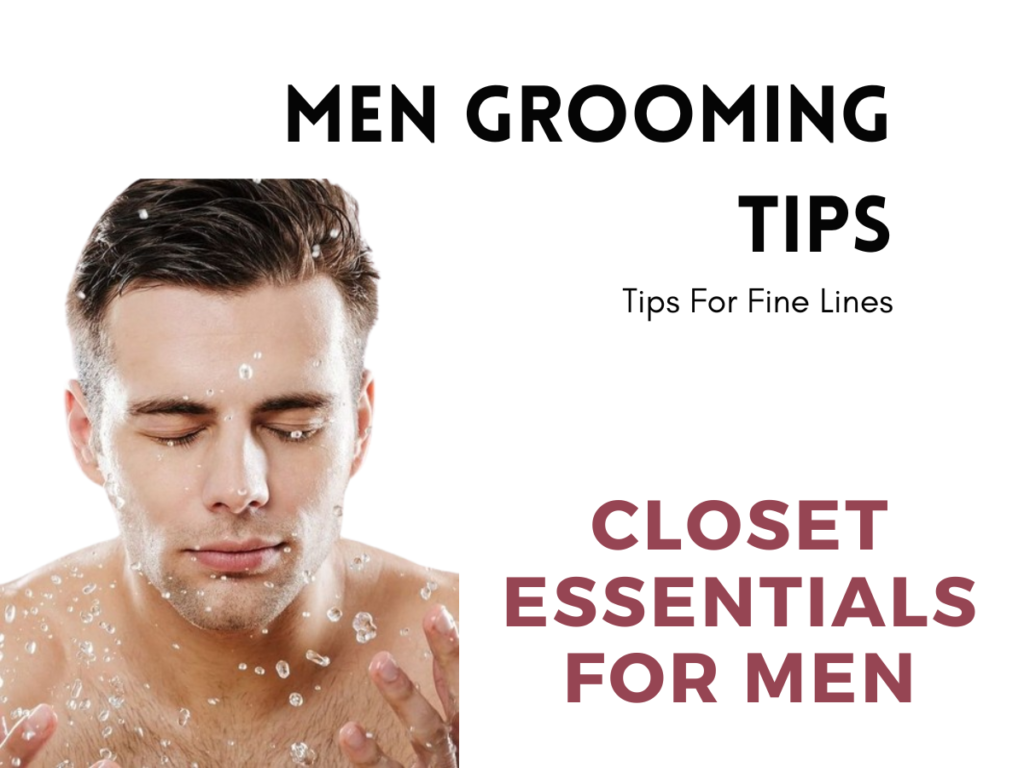Men’s low fade haircuts are currently one of the most fashionable hairstyles in the world. This adaptable hairstyle combines comfort, modification, and style, making it appropriate for almost any setting. The low fade haircut offers countless options, whether you want to try something entirely different or improve your existing look. In this tutorial, we’ll delve deeply into the realm of low-fade haircuts, look at several varieties, and offer advice on how to maintain the style of your cut.
Table of Contents
What is a Low-Fade Haircut?
A low fade haircut is one in which the length of the hair gradually tapers off, beginning just above the neck and ears. A low fade has a more understated and timeless appearance than a mid or high fade since the transition starts closer to the natural hairline. A variety of hair lengths and textures can be worn with this style’s sleek, professional look.
Why Choose a Low-Fade Haircut?
- Versatility: Works with almost all face shapes and hair types.
- Modern Appeal: Provides a contemporary yet timeless look.
- Low Maintenance: Easy to style and requires minimal upkeep.
Different Types of Low-Fade Haircuts

1. Classic Low Fade
For people who like a more conventional and subdued look, the classic low fade is elegant and discreet. This version looks great with longer hair on top and performs incredibly well in professional settings.
2. Low Skin Fade
For a sharper, more edgy look, low skin fade is a fantastic choice. By fading the hair to the skin around the neck and ears, it produces a powerful and striking appearance.
3. Low Taper Fade
The low taper fade creates a clean and smooth transition without going completely bald at the base. It’s ideal for men who want a polished look while keeping some volume.
4. Curly Low Fade
If you have curly or textured hair, a low-fade haircut can add definition and structure. This style emphasizes the natural curls while maintaining a neat outline.
5. Low Fade with Beard
Pairing a low fade haircut with a well-groomed beard can enhance your facial features and add a rugged charm. The fade creates a seamless transition from the hair to the beard.
How to Style a Low Fade Haircut
Styling a low fade haircut depends on the length and texture of the hair on top. Here are some ideas:
1. Slicked-Back Look
Use a quality pomade or gel to slick back the longer hair for a sophisticated and polished finish.
2. Textured Crop
Add a little texture with a styling cream or wax to create a casual yet stylish appearance.
3. Pompadour
Combine the classic pompadour with a low fade for a vintage-inspired look that exudes confidence.
4. Messy Waves
For a laid-back vibe, embrace the natural movement of your hair with a touch of sea salt spray.
5. Side Part
A defined side part with a low fade adds an element of elegance and is perfect for formal events.
How to Maintain a Low Fade Haircut

Maintaining a low fade haircut involves regular grooming and proper care to keep the fade sharp and clean.
1. Regular Trims
Schedule a trim every 2–3 weeks to maintain the fade and prevent overgrowth.
2. Invest in Quality Products
Use hair products tailored to your hair type to keep it healthy and manageable.
3. Keep it Clean
Wash your hair with a mild shampoo and conditioner to remove dirt and buildup.
4. Protect Your Scalp
Apply a light moisturizer or scalp oil to prevent dryness and irritation.
Who Can Wear a Low Fade Haircut?
The low fade haircut’s appeal lies in the fact that it works for nearly everyone. This haircut can be tailored to your own features, regardless of your hair type—thick, thin, wavy, or straight. Although it may be made to fit other facial types, oval and square faces look very good with it.
Pros and Cons of Low Fade Haircuts
Pros
- Stylish and versatile
- Easy to maintain
- Works for all occasions
Cons
- Requires frequent touch-ups
- May not suit extremely thin hair
How to Ask Your Barber for a Low Fade Haircut
Communicating effectively with your barber is crucial to achieving the desired look. Here’s what to do:
- Be Specific: Clearly describe where you want the fade to start and the length of the hair on top.
- Bring Reference Photos: Showing pictures can help your barber understand your vision.
- Discuss Adjustments: Be open to suggestions based on your hair type and face shape.
Low Fade Haircut Trends for 2024
1. Textured Fringe with Low Fade
This trendy style combines a fringe on top with a sleek low fade for a youthful and modern appearance.
2. Faux Hawk Fade
The faux hawk paired with a low fade offers an edgy and bold look perfect for trendsetters.
3. Low Fade Undercut
An undercut with a low fade creates a striking contrast and adds dimension to the hairstyle.
FAQs About Low Fade Haircuts
1. How often should I get a low fade haircut?
To keep your low fade looking sharp, visit your barber every 2–3 weeks.
2. Can I combine a low fade with long hair?
Absolutely! A low fade can complement long hair by creating a neat and stylish contrast.
3. Is a low fade haircut suitable for all hair types?
Yes, the low fade is incredibly versatile and works well with straight, wavy, curly, and textured hair.
4. What’s the difference between a low fade and a high fade?
The fade’s beginning point is the primary distinction. Whereas a high fade starts higher up the head, a low fade starts closer to the ears.
5. Can I do a low fade at home?
While it’s possible to attempt a low fade at home, achieving a professional look is best left to an experienced barber.
Conclusion
A classic option that provides the ideal balance of simplicity, style, and versatility is the low fade haircut. You can customize this haircut to fit your preferences, whether you’re opting for a classic style or trying out daring new trends. So why wait? Go test the low fade with your barber; you won’t be sorry!




Leave a Comment